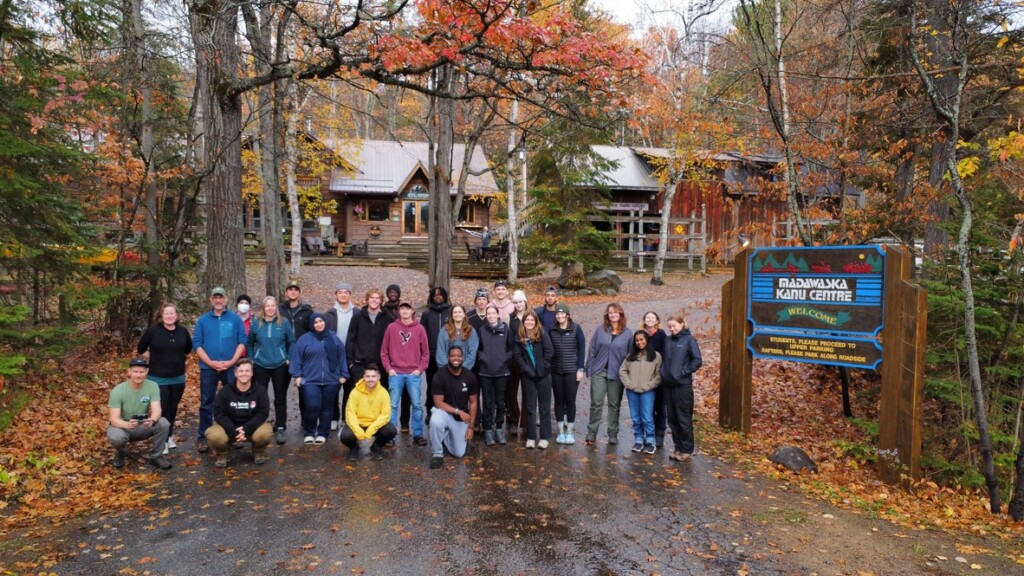UG Field Course

Students are organized into research teams to conduct field research and analyze issues that concern the residents. Each group’s fieldwork had some component of environmental studies, human geography, physical geography, and geomatics. The structure of the course consists of in-school orientation and background preparation. This skills-development component is followed by four days of data collection in the Madawaska region. The residential component includes guest lectures and interaction with stakeholders from the region. Students rotated through several field components during the week being introduced to various field methods. The broad areas of exploration center around water quality, steam gauging, shoreline surveys, and interviews.
Fall Field Camp Video
Thank you Hannah Mae Henry, undergraduate fall field camp student, for creating this beautiful video that captures some of the wonderful moments students experienced during the undergraduate fall field camp!